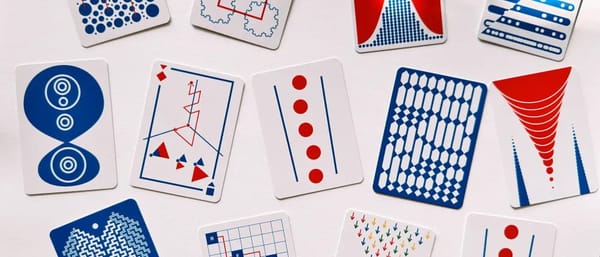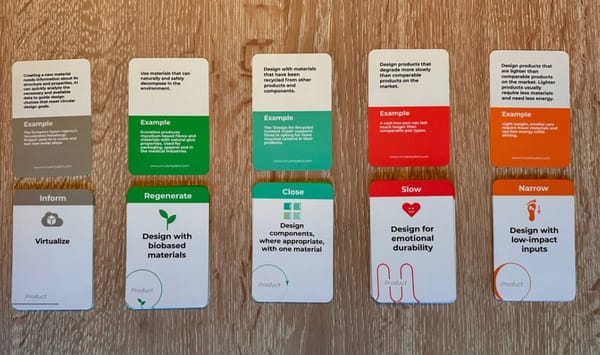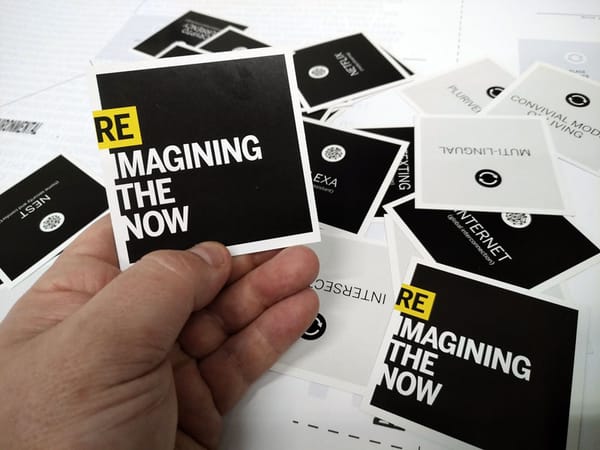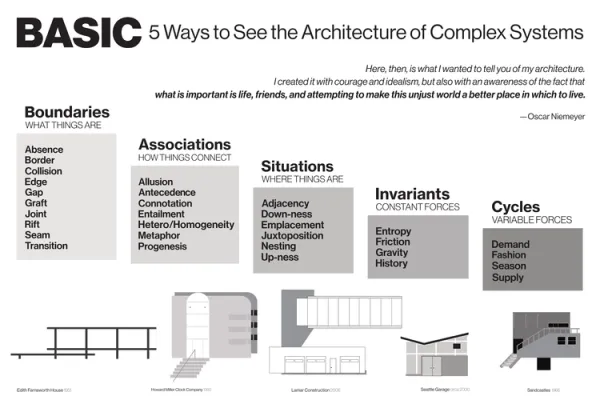№ 89 | Defense Against Dishonest Charts, Make It Toolkit, Scale Up! The Business Game, Decision Trees for UI Components, ShadowBox Training, and Shadow Dynamics
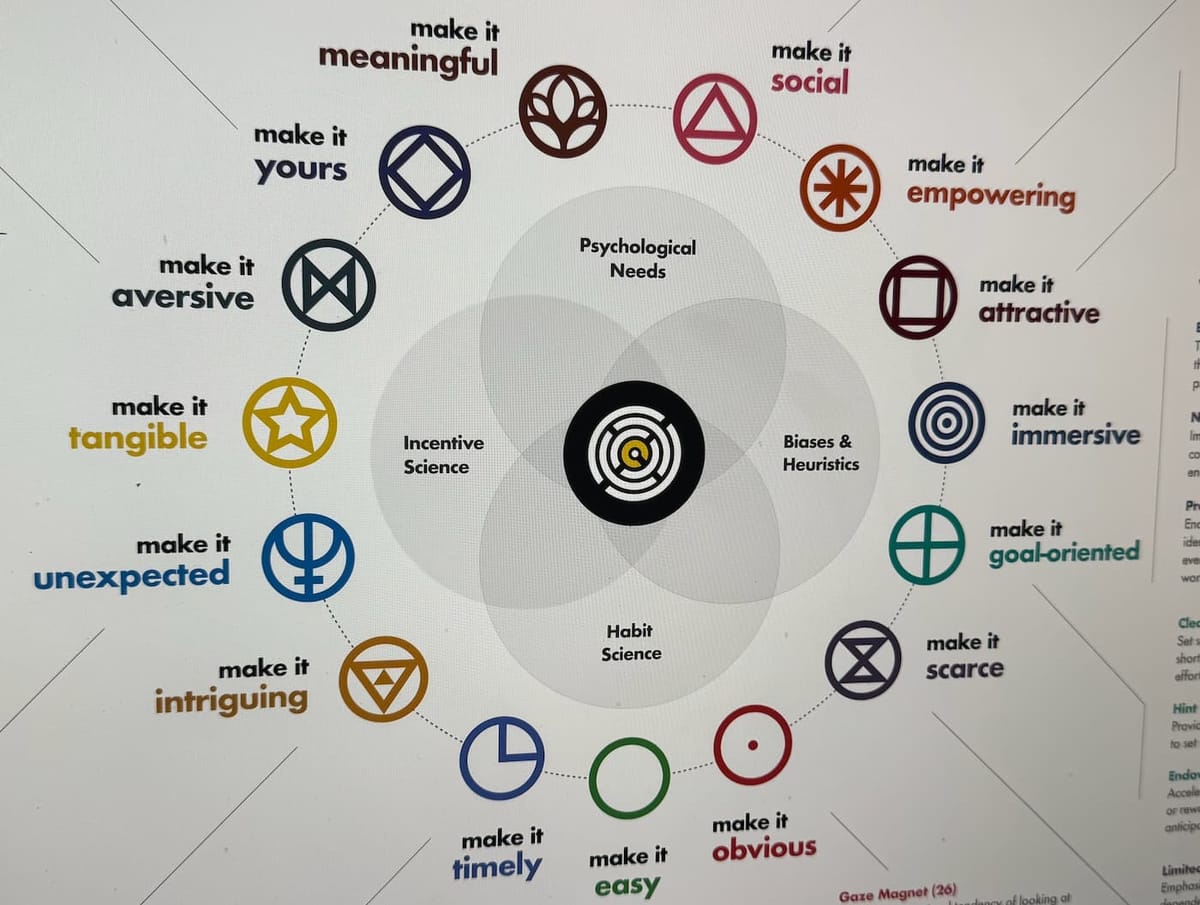
Hello, and welcome to another roundup of playful ‘things to think with’ and think about! Let’s dive in…
Defense Against Dishonest Charts
Over the years, I’ve collected various examples of bad charts (most often from certain news outlets and political groups). This is a topic explored in-depth in Alberto Cairo’s 2019 book How Charts Lie. Yes, you can have a chart that is ‘technically correct and terribly misleading at the same time.’ The catch with catching these examples is the bit of time it takes to process why these charts are bad—e.g. developing a careful eye so you can spot things like non-zero baselines or misleading axes labels.
Enter: Defense Against Dishonest Charts.
Rather than take a backseat ride through someone else’s observations, this interactive web page explains these very same principles, but in a way that allows you to play with various representations, to experience—firsthand—how altering the data representation can change the message, in harmful ways.
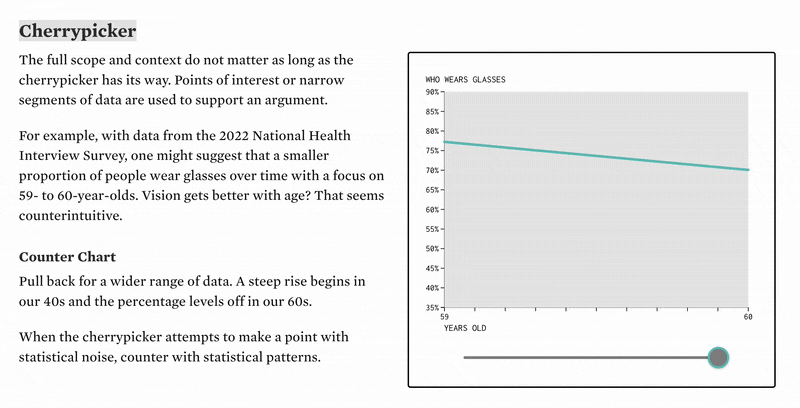
Charts are a window into the world. When done right, we gain an understanding of who we are, where we are, and how we can become better versions of ourselves. However, when done wrong, in the absence of truth, charts can be harmful.
Moreover, this short post goes on to name several of these anti-patterns—Damper, Cherrypicker, Smooth Operator, Time Gap, etc.—and how to counter them. (Remember: Once a thing is named, it is far easier to spot.)
I consider this a fantastic example of a playful thing to think with; slight and effortless interactions, combined with the immediate visual feedback, lets us experience the joy of discovering (and countering) these various chart anti-patterns.
Make It Toolkit
So… way back in issue № 3 (🤪), I shared the Make It Toolkit, 200+ 300+ behavioral design techniques clustered into 15 strategies:

I’m mentioning this again as, (a) that was a LONG time ago, (b) this looks like a useful and practical way to think about behavioral design principles, and (c) the creator has a great—limited time—offer!
Until the end of February, you can get the Make it Toolkit™ Behavioral Design Ideation Board (Figma file), for free!
Normally, this is a companion to the Make It Box ($490 value).
🎁 Today, I’m giving it away for free.
With this board, you’ll get:
✅ Barriers & Examples – Identify what’s stopping your audience from taking action
✅ 15 Behavioral Strategies – A structured approach to solving challenges
✅ 45 Selected Tactics – Proven interventions that drive behavior
✅ Journey Map Cards – Visualize and optimize user user/customer journeys
✅ Role Cards – Run effective behavioral design sprints
More details about how to get this file in this LinkedIn post.
Scale Up! The Business Game
“[Learn] the basic concepts of business management, without even realizing it.”
Here’s an interesting find: A card game to promote and orient you to the products and services offered from a single software vendor. Odoo, maker of this game, offers “a suite of open source business apps that cover all your company needs: CRM, eCommerce, accounting, inventory, point of sale, project management, etc.” Taking the role of a modern furniture retailer, Scale-Up, The Business Game by Odoo, presents you with various business case challenges, each designed to expose you to the different solutions supported with their software. Hmm… Maybe I should pitch my business game design services to marketing departments… 🤔
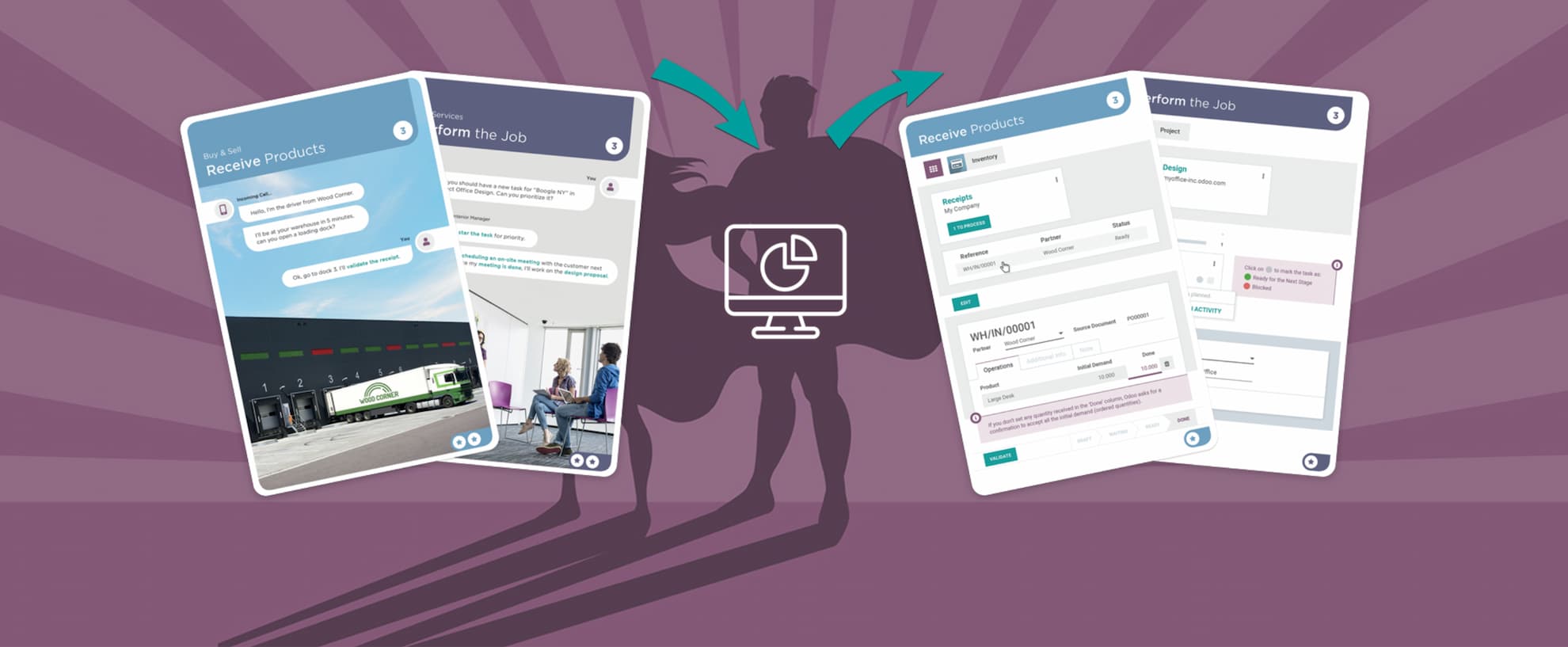

Decision Trees for UI Components
I don’t talk enough about flowcharts or decision trees as playful things to think with, but… yeah. I’ve enjoyed a fair number of flowcharts that made some complex (or silly) topic easier to understand. This page from the Doctolib Design System is a great way to help others think through choosing form components:
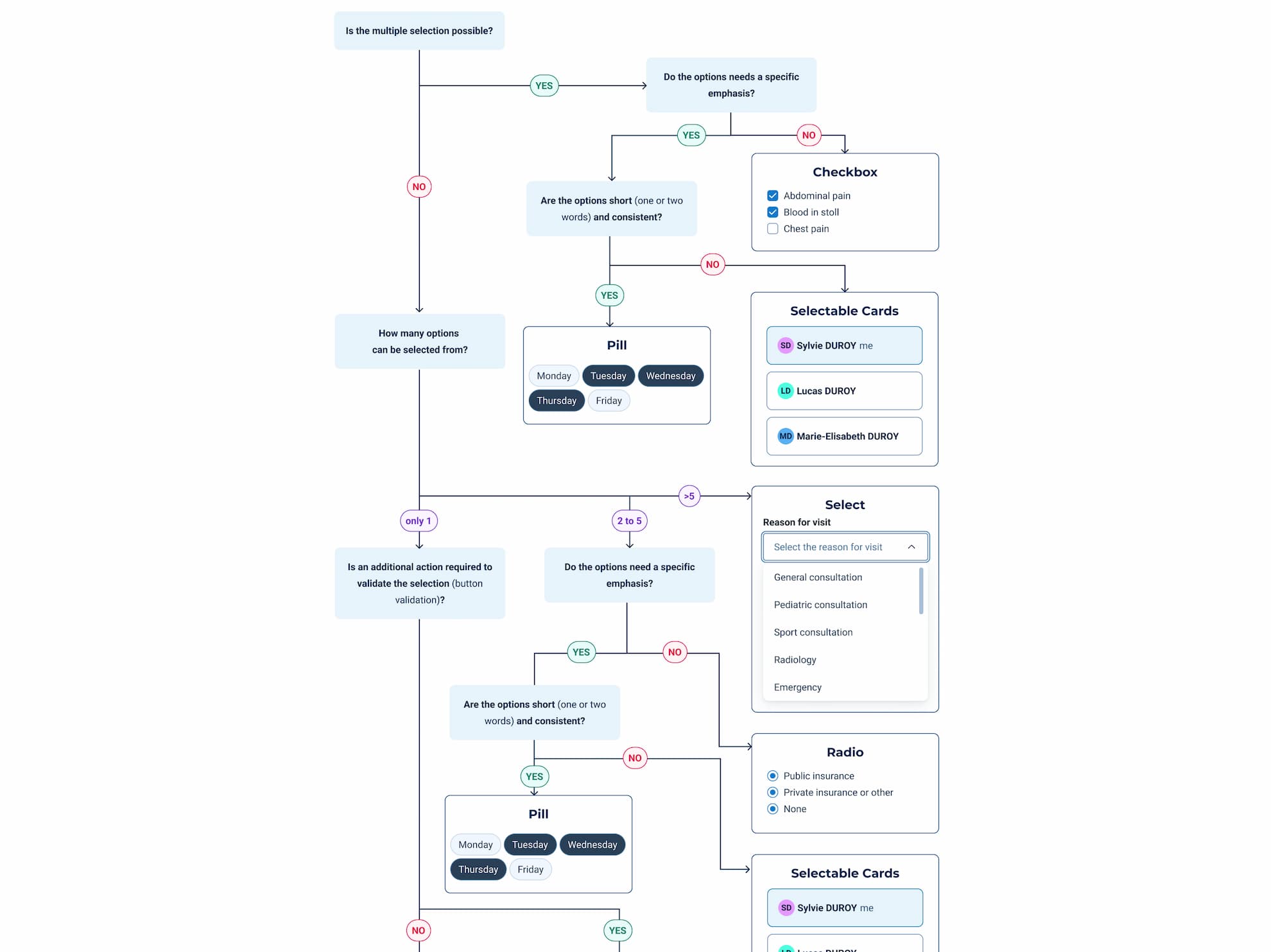
There are more such examples on the site, including flows for choosing buttons vs links and designing error messages. H/T Vitaly Friedman for sharing these, and more examples.
See also, this classic from 2017 on how Slack decides to send a notification.
ShadowBox Training
Here’s a new-to-me approach to add to the training toolbox: “ShadowBox Training for Making Better Decisions.” Essentially, ‘ShadowBox Training’ lets you compare your answers to those of the experts. The article describes three variations in this approach:
- The original scenario version, where you answer questions in context of a longer scenario (like a less open RPG? 🤪)
- The “snapshot” version which presents you with short statements or situations to assess (no overarching scenario)
- The “Expert-Eyes” version, where trainees are shown a video and then asked to click on anything they find noteworthy or relevant; then they get to see what the experts clicked on and why. Benefit? “With this open-ended format, the trainees truly are learning to see the world through the eyes of experts.”
In all of these variations, learning comes through reflection on the expert feedback. And, I suppose, the personal challenge (and thrill?) of seeing how your responses compare to that of the experts.
I also like that this approach touches on at least two learning themes I value:
- Make learning immersive
- Learning is social
Speaking of shadows…
Shadow Dynamics
There is so much to think about in this illustration about acknowledging ‘the shadows’, or the unconsciousness of the group. What is said… What is not being said… I could see using a version of this at the onset of a workshop, to acknowledge, name, and encourage folks to share what’s really on their minds.
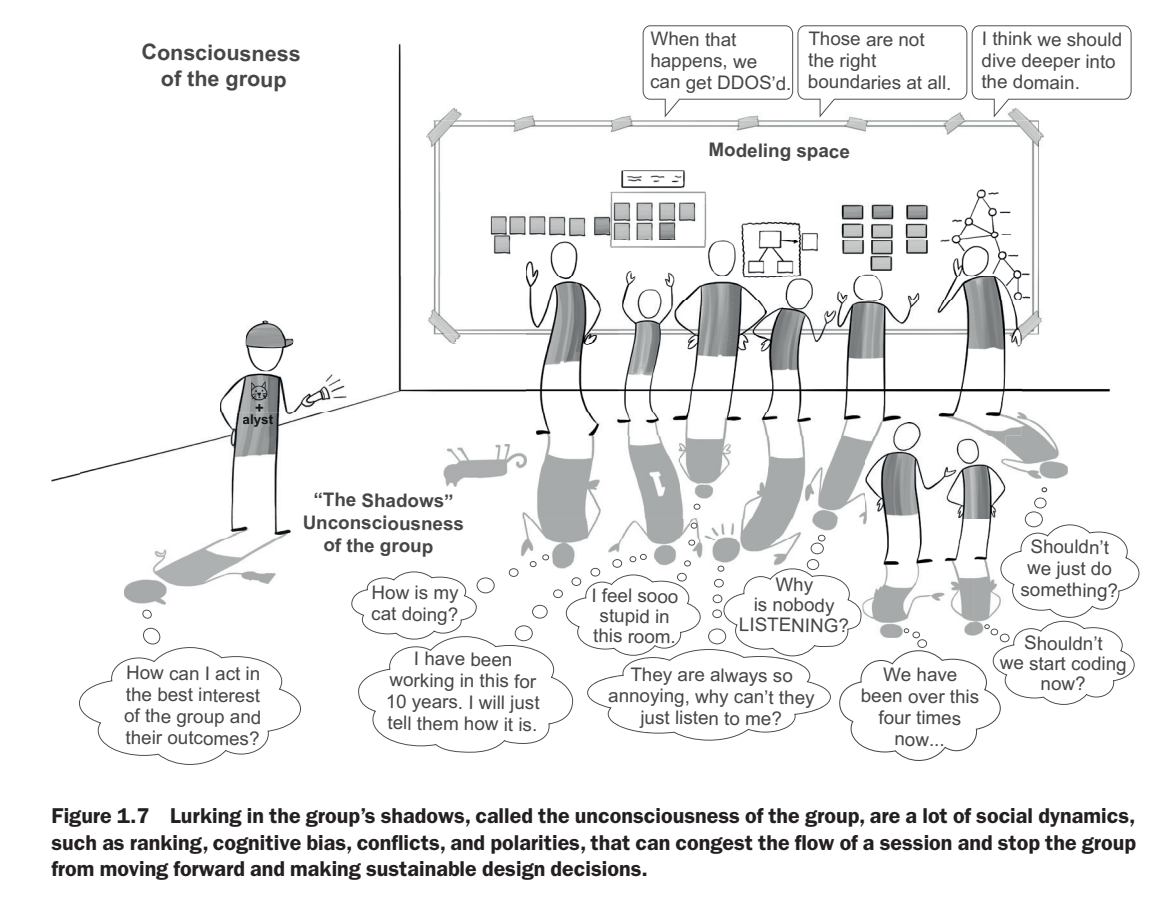
Found via the author; from the book Collaborative Software Design.
Shifting gears just slightly, I wanted to pass on some great essays I’ve come across in the last two weeks. While not necessarily things to think with, they are things to think about.
- This post from Mandy Brown about how uncertainty is what makes life possible (riffing on Ursula K. Le Guin, no less!)
- Some longer reflection on the classic aphorism ‘all models are wrong, and some are useful’
- “A Few Rules For Predicting The Future by Octavia E. Butler”
- This meandering piece on “Chatty Community Gardens” (with many links to more articles and illustrations I've saved or shared in the past)
And finally…
- This latest issue of The Dice newsletter, with several much-needed tips for maintaining calm during these turbulent times. “America Needs You paired with solid lessons from Ikigai, Stoicism, Antifragility, Buddhism, and Ubuntu.”


